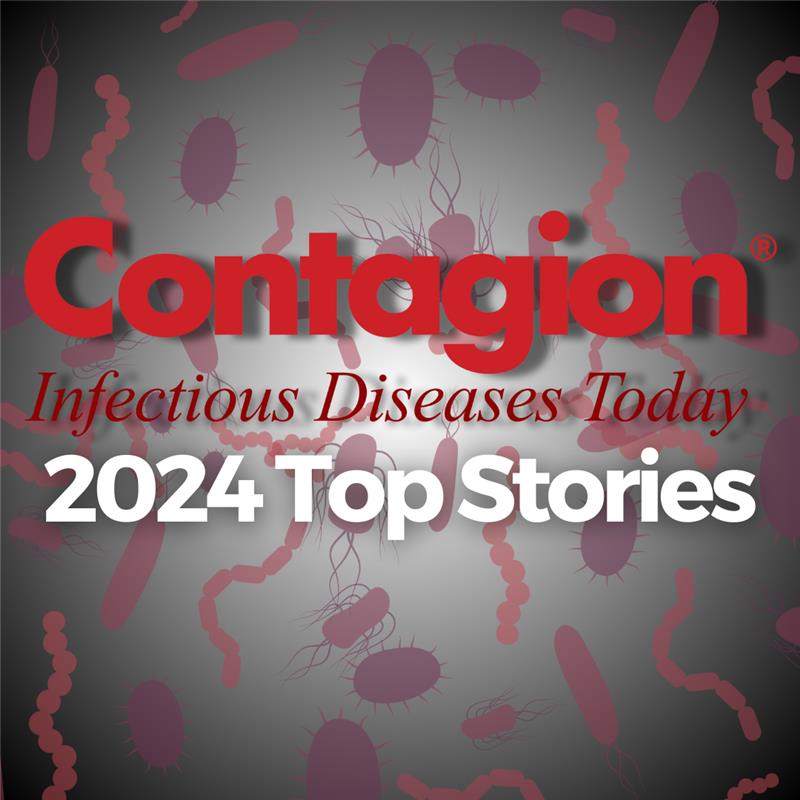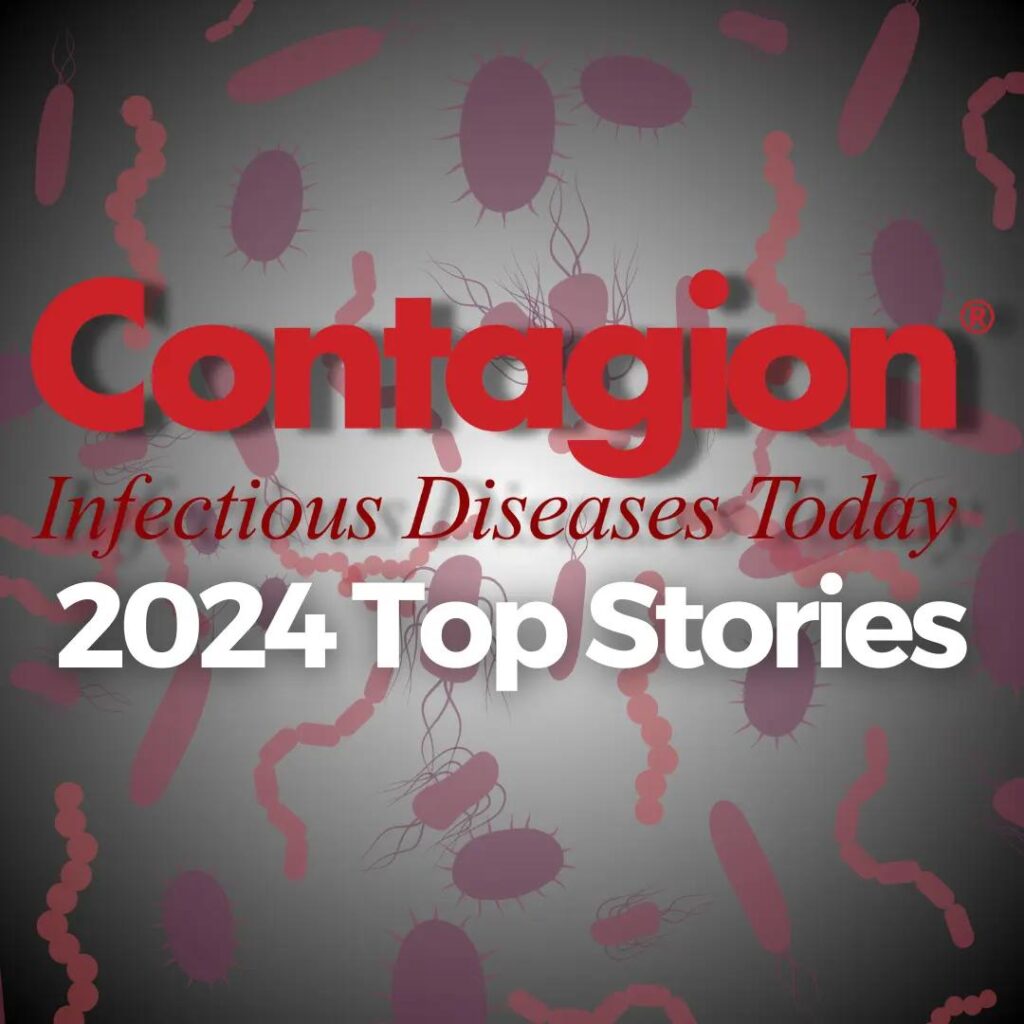By focusing on takeaways around studies involving the VA, health care systems can better tailor interventions and care delivery to mitigate the risk of preventable hospitalizations among veterans post-SARS-CoV-2 infection.

The Veterans Health Administration (VHA) reports that veterans who had COVID-19 were at 3 times greater risk of potentially preventable hospitalizations than matched uninfected veterans within 30 days after infection and more than 40% greater risk at 1 year.
The study’s results were published last week in JAMA Network Open.
“Overall, 3.10% of veterans (3.81% of those with SARS-CoV-2 and 2.96% of comparators) had a potentially preventable hospitalization during 1-year follow-up. Risk of a potentially preventable hospitalization was greater among veterans with SARS-CoV-2 than comparators in 4 follow-up periods: 0- to 30-day AHR of 3.26 (95% CI, 3.06-3.46); 0- to 90-day AHR of 2.12 (95% CI, 2.03-2.21); 0- to 180-day AHR of 1.69 (95% CI, 1.63-1.75); and 0- to 365-day AHR of 1.44 (95% CI, 1.40-1.48),” the investigators wrote.
Diana J. Govier, PhD, MPH, health economist and investigator, Center to Improve Veteran Involvement in Care (CIVIC), VA Portland Health Care System, explains there are significant factors for studying this patient group.
“The VA is the largest integrated health care system in the US, with over 9 million enrollees and nearly 1300 health care facilities. Therefore, decision makers and health care practitioners should keep abreast of health trends in US veterans,” Govier said in an interview with Contagion. “Second, US veterans served by the VA tend to have greater medical, mental/behavioral, and social needs than the general US population, characteristics which place them at risk for worse post-infection outcomes.”
The secondary factory is important for the fact that the federal government and trickling down to individual health systems and institutions can understand patients who are typically sicker and can gain better insights into how to address such patient bases.
What You Need to Know
Veterans who had COVID-19 were at a significantly higher risk of potentially preventable hospitalizations compared to matched uninfected veterans. The risk was three times greater within 30 days after infection and more than 40% greater at one year.
The study underscores the significance of studying health trends in US veterans due to their unique medical, mental/behavioral, and social needs.
Strategies to reduce preventable hospitalizations post-COVID-19 infection include vaccination, patient-centered approaches aligned with patient values and preferences, timely follow-up, and connection with necessary medical and social services.
The Study Parameters
The primary outcome was a first potentially preventable hospitalization in VHA facilities, VHA-purchased community care, or Medicare fee-for-service care. Extended Cox models were used to examine adjusted hazard ratios (AHRs) of potentially preventable hospitalization among veterans with SARS-CoV-2 and comparators during follow-up periods of 0 to 30, 0 to 90, 0 to 180, and 0 to 365 days.
According to the investigators, the study looked at 189,136 US veterans who were enrolled in the VHA and diagnosed with COVID-19 between March 1, 2020 and April 30, 2021. And they also looked at 943,084 matched comparators were included in the analysis.
For the over 1 million participants they were “predominantly men (89.06%), with a mean (SD) age of 60.3 (16.4) years. Most veterans were of Black (23.44%) or White (69.37%) race. Veterans with SARS-CoV-2 and comparators were well-balanced (standardized mean differences, all <0.100) on observable baseline clinical and sociodemographic characteristics.”
Improving Interventions, Preventing Hospitalizations
The continuum of care might be particularly challenging for this patient group being that they are older, typically sicker, and might be missing appointments or not seeing providers on a regular basis.
“Although exploratory in nature, subgroup results suggest sub-optimal access to ambulatory (ie, outpatient) health care may increase the risk of a potentially preventable hospitalization in US veterans with SARS-CoV-2,” Govier said.
Govier points out that although there is not currently research that explicitly offers specific strategies to reduce preventable hospitalizations in this patient population, post acute COVID-19 infection, she says there are ways the general public has been encouraged to prevent severe infection.
“Vaccination is likely the first line of defense against infection-related preventable hospitalization since vaccination has been shown to reduce infection severity and post-infection sequelae,” Govier said. “In addition, approaches to address symptoms and post-infection sequelae that are patient-centered, that is, aligned with patient values and preferences, and that include timely follow-up and connection with other necessary medical and social services, may help reduce the risk of preventable hospitalization after infection.”
She also says the role of looking after veterans and studying their health is an important part of what they do.
“As researchers working or affiliated with VA, we believe studying the outcomes and experiences of US veterans is a crucial aspect of fulfilling VA’s mission to ‘care for those who have served in our nation’s military and for their families, caregivers, and survivors.’”
Reference
Govier DJ, Niederhausen M, Takata Y, et al. Risk of Potentially Preventable Hospitalizations After SARS-CoV-2 Infection. JAMA Netw Open. 2024;7(4):e245786. doi:10.1001/jamanetworkopen.2024.5786








